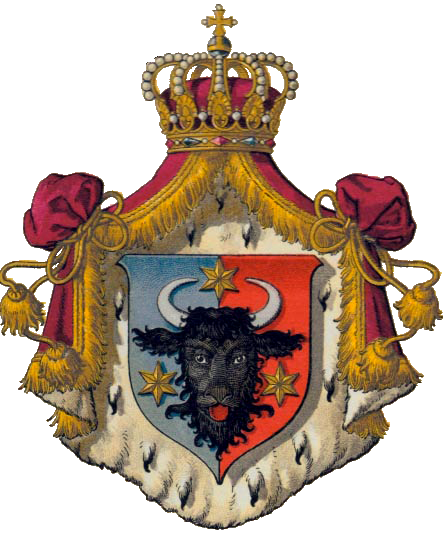Bukovina (Romanian: Bucovina; Ukrainian: Буковина/Bukovyna; German and Polish: Bukowina) is a historical region on the northern slopes of the northeastern Carpathian Mountains and the adjoining plains. It is currently split between Romania and Ukraine.
The name Bukovina came into official use in 1775 with the region's annexation from the Principality of Moldavia to the possessions of the Habsburg Monarchy, which became Austrian Empire in 1804, and Austria-Hungary in 1867.
The official German name, die Bukowina, of the province under Austrian rule (1775–1918), was derived from the Polish form Bukowina, which in turn comes from the common Slavic form Bukowina, which stands for beech tree (бук [buk] as, for example, in Ukrainian or, even, Buche in German).[1] Another German name for the region, das Buchenland, is mostly used in poetry, and means "beech land", or "the land of beech trees". In Romanian, in literary or poetic contexts, the name Ţara Fagilor ("the land of beech trees") is sometimes used.
During the Middle Ages, the region was the northwestern third of "Ţara de Sus" (Upper Country in Romanian), part of the Moldavian Principality, as opposed to "Ţara de Jos" (Lower Country). The region has become the cradle of the Moldavian Principality, and remained its political center until 1564, when its capital was moved from Suceava to Iaşi.
Nowadays in Ukraine the name is unofficial, but is common when referring to the Chernivtsi Oblast as over 2/3 of the oblast is the northern part of Bukovina. In Romania the term Northern Bucovina is sometimes synonymous to the entire Chernivtsi Oblast of Ukraine, and (Southern) Bucovina to Suceava County of Romania. (Note: Currently 10% of the Suceava County covers territory outside of the historical Bukovina.)














0 comentarii:
Trimiteți un comentariu